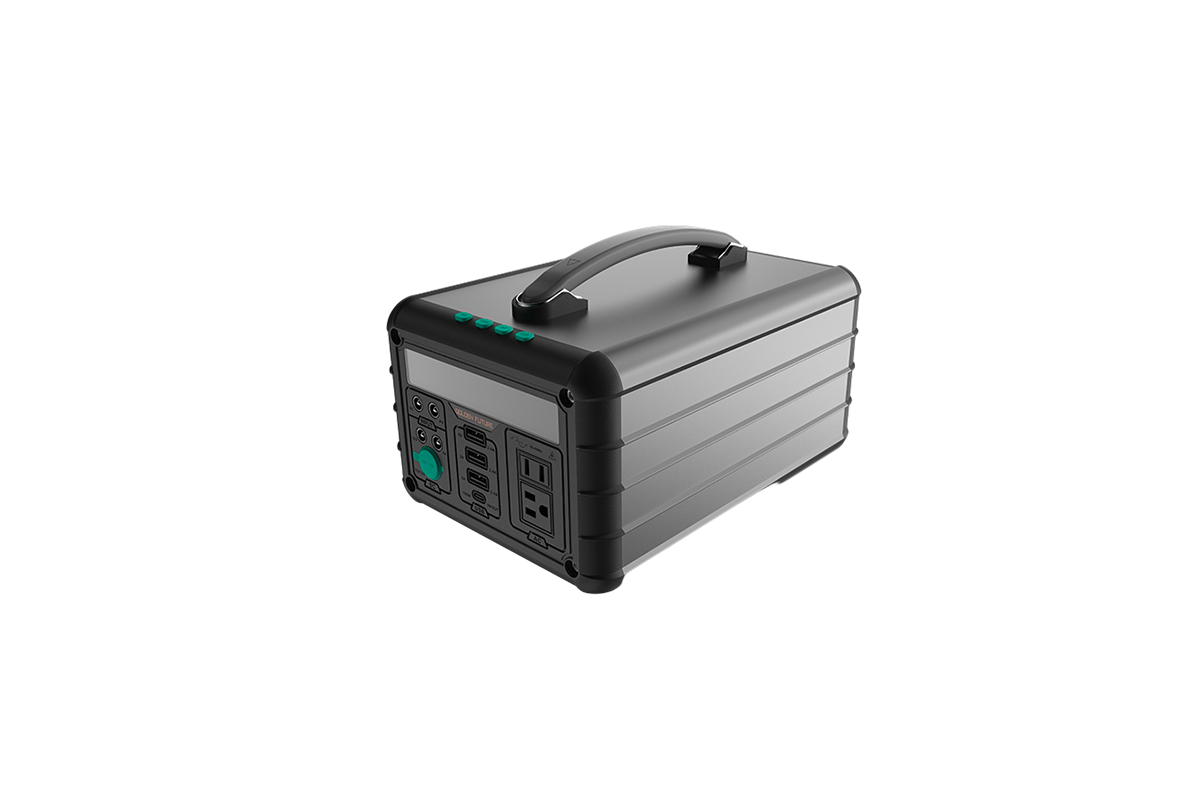

Time:2025-07-25 Views:1

18650 lithium batteries, a common cylindrical cell format, exhibit distinct characteristics when connected in series versus parallel, impacting their voltage, capacity, and application suitability.
In a series connection, each 18650 cell (typically 3.7V nominal) is linked sequentially: the positive terminal of one cell connects to the negative terminal of the next. This configuration increases the total voltage while keeping the capacity (ampere-hours, Ah) unchanged. For example, four 18650 cells in series create a 14.8V pack (3.7V × 4) with the same capacity as a single cell. Series connections are ideal for devices requiring higher voltage, such as laptop batteries or electric tools, where motor or circuit specifications demand elevated voltage levels. However, series setups require strict cell matching. Mismatched cells (in capacity or internal resistance) can lead to imbalanced charging/discharging, causing overvoltage in stronger cells or over-discharge in weaker ones, which shortens lifespan and raises safety risks. A battery management system (BMS) with cell balancing is critical here.
In contrast, parallel connections join all positive terminals together and all negative terminals together. This retains the 3.7V nominal voltage but sums the capacities. For instance, four 2Ah 18650 cells in parallel yield a 3.7V, 8Ah pack. Parallel configurations enhance runtime and current output, making them suitable for high-capacity devices like portable power banks or LED flashlights. They are more tolerant of minor cell mismatches than series setups, as current distributes based on internal resistance, but significant discrepancies still cause uneven loading.
Notably, series connections increase voltage-related risks (e.g., overvoltage damage), while parallel connections face higher current-related challenges (e.g., thermal runaway from short circuits). Both configurations benefit from BMS integration, but series packs prioritize voltage balancing, and parallel packs focus on current distribution. Understanding these differences is key to designing 18650-based systems that meet specific power and energy requirements.
Read recommendations:
Modular home energy battery storage
UL Certification Modules for Energy Storage Lithium Batteries